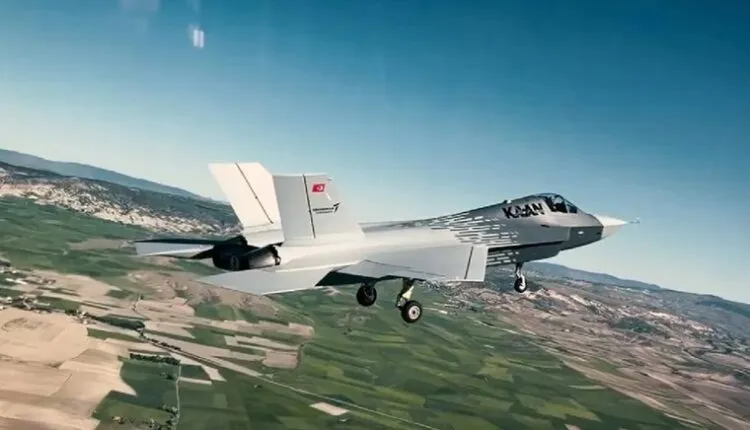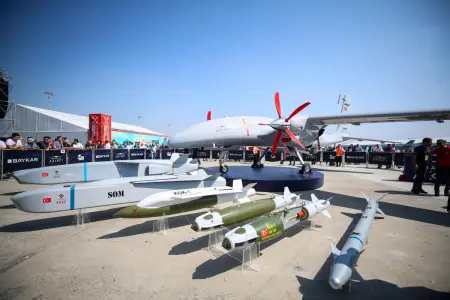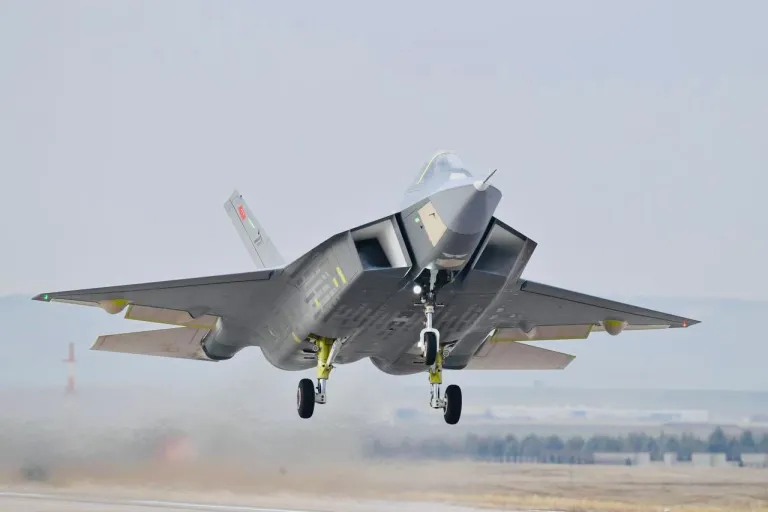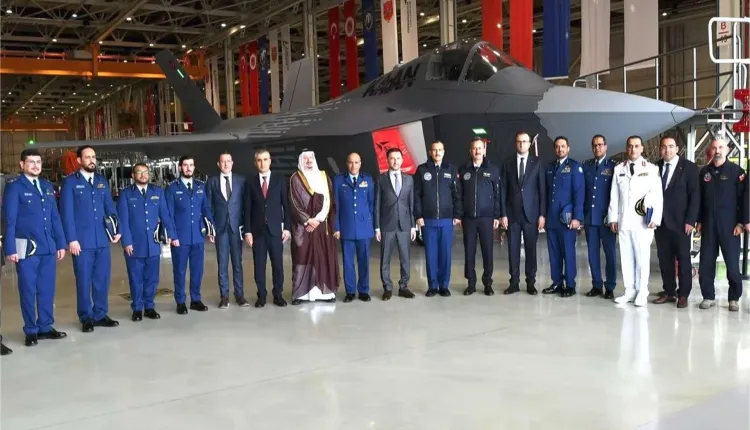KAAN Fighter: Saudi Arabia Eyes Major Turkish Fighter Jet Acquisition
Saudi Arabia is apparently considering buying 100 KAAN fifth-generation fighter jets from Turkey, which is a big step for regional defense cooperation. The Royal Saudi Air Force Commander, Prince Turki bin Bandar Al Saud, recently visited Turkey and met with important Turkish defense firms to discuss the possible agreement.



KAAN Fighter: Strategic Partnership and Technology Transfer
The proposed acquisition contains conditions for intellectual transfer and local production capabilities in Saudi Arabia, making it more than just a conventional purchase agreement. This is in line with Saudi Arabia’s overarching plan to grow its own defense sector at home and fortify its relationships with neighbors. Meetings were held with important Turkish defense firms, such as Turkish Aerospace Industries (TAI), the main producer of the KAAN fighter plane, Roketsan, and Aselsan.
KAAN Fighter: Building on Existing Defense Collaboration
This possible agreement comes after Saudi Arabia recently invested $3 billion on Turkish-made Akinci drones, the country’s largest defense contract to date. With 70% of the Akinci drone components to be produced locally by Saudi Arabian Military Industries (SAMI), the drone arrangement, which was revealed in July of last year, includes major knowledge transfer components. The cooperation also includes joint ventures for different system integrations between Turkish defense companies Aselsan and Roketsan and Saudi Arabia’s National Company for Mechanical Systems (NCMS).
KAAN Fighter: Development and Production Timeline
The KAAN fighter jet project, initiated by Turkey in 2016, represents a significant milestone in the country’s defense capabilities. TAI, as the lead contractor, has outlined an ambitious production schedule:
- By 2028, the Turkish Air Force will receive the first 20 KAAN Block 10 aircraft.
- By 2029, the production rate is anticipated to reach two units each month.
- Estimated yearly income of about $2.4 billion
- More than 200 outdated F-16 aero planes in Turkish service are to be replaced by the program.
KAAN Fighter: Recent Progress and Achievements
The KAAN fighter jet program has already achieved significant milestones, with two successful test flights completed. The second flight, conducted in early June, saw the aircraft:
- Reach an altitude of 10,000 feet
- Achieve a speed of 230 knots
- Maintain flight for 14 minutes
Turkey is now one of the few countries that can independently develop fifth-generation fighter aircraft thanks to the successful development of the KAAN fighter jet. In addition to being a huge benefit for Turkey’s defence sector, the possible Saudi acquisition would be a big step towards strengthening military ties between the two regional giants. If completed, this agreement might improve both nations’ strategic positions in the Middle East and change the military aviation environment there.

